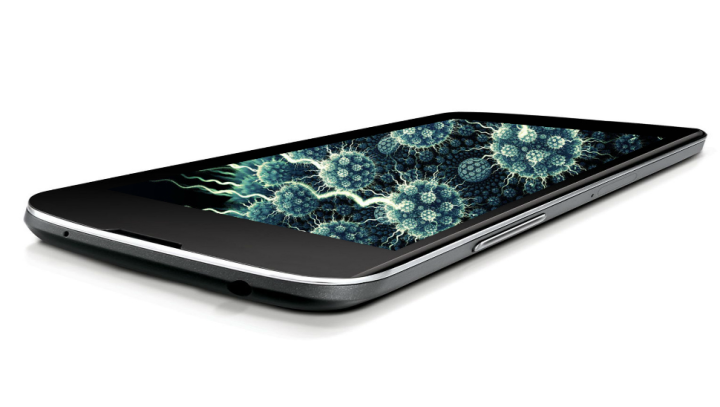
Sorry, pornography. You may corrupt our innocent eyes with your graphic sexual imagery, but you’re not as bad as you once were. Back in November 2012, pornography was the leading source of malware on our phones and tablets. Fast forward to 2014, and that is no longer the case, according to a new report out of security firm Blue Coat.
Blue Coat analyzed data from more than 75 million global users. It’s 10-page report shows that, while pornography is still one of the top sources of mobile malware, Web ads replaced it as the leading source. According to the study, almost 20 percent of smartphone or tablet users encounter malware today. This represents more than a 300 percent increase from November 2012, when less than 6 percent of users were delivered to mobile malware via Web ads.
“Being in the security space, we’re not often surprised by these stats — but that is a big jump in a short period,” says Blue Coat vice president of product marketing security Sasi Murthy.
Even with the jump, pornography still poses a threat to mobile users, directing 17 percent of them to mobile malware. Even with the decrease from the 22 percent it directed in November 2012, keep in mind that pornography made up less than 1 percent of mobile browsing activity. Meanwhile, Web ads made up 12 percent of requested mobile content and 20 percent of malware attacks, making pornography the most efficient method of mobile malware distribution.
Blue Coat suggests that the rise in legitimate ads parallel the rise of “malvertising.” Since these malicious ads are delivered through the same channels as legitimate ads are, those channels can be tricked into serving users malicious ads. Mobile ad servers are not heavily regulated, which is part of the problem.
Because of this, Blue Coat includes suggestions to avoid mobile malware, don’t click on ads on mobile devices, and avoid pornography. (Sorry, guys.)

Editors' Recommendations
- How to use iMessage on an Android phone or tablet
- How to get Fortnite on your Android phone or tablet
- How to root Android phones and tablets (and unroot them)
- How to use Android Recovery Mode to fix your phone or tablet
- These 80+ apps could be running adware on your iPhone or Android device


